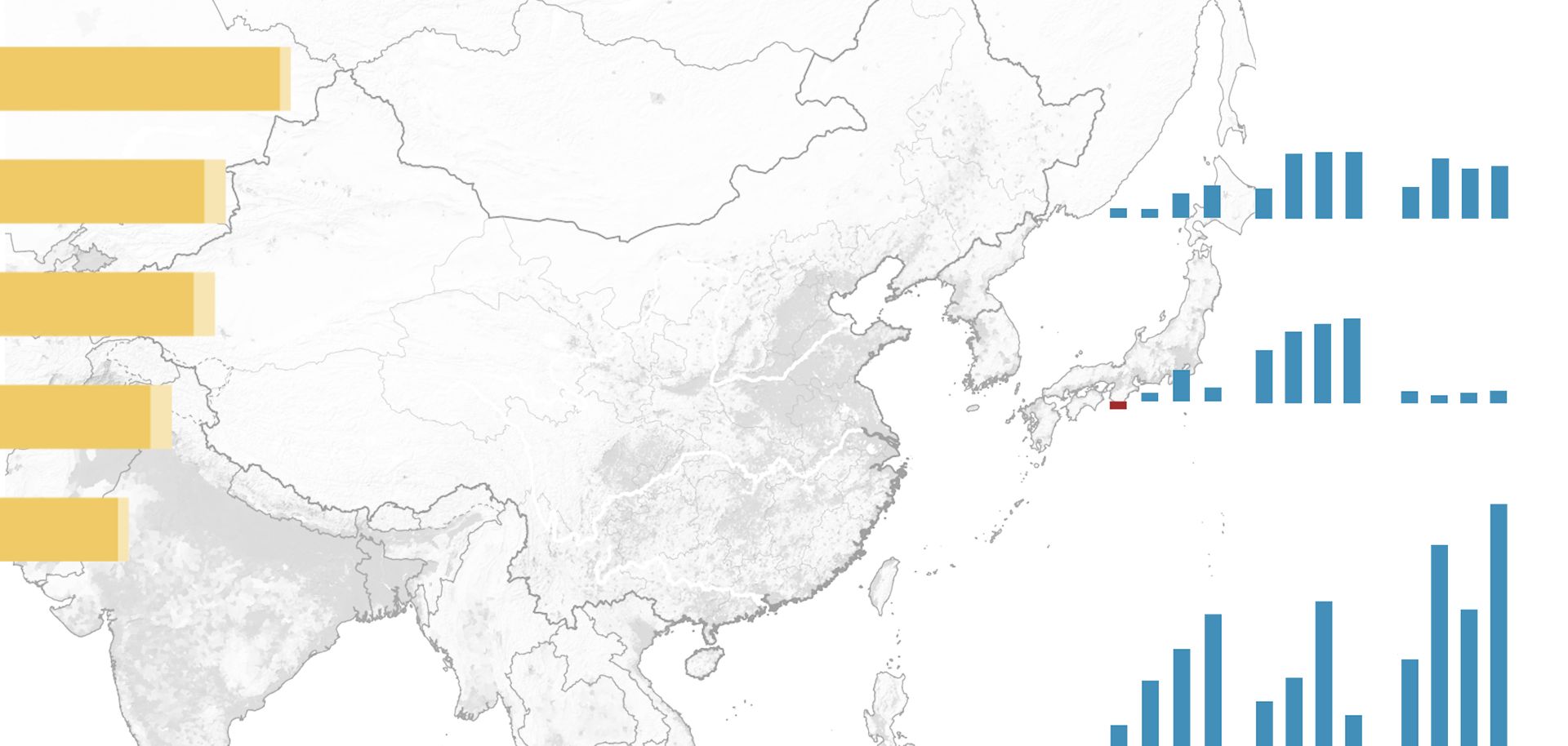
Virtually every European country allows nationalist parties to participate in its domestic politics to some degree, but some countries have longer traditions of supporting nationalist groups than others. Switzerland is one such country; in the past three federal elections, nationalist parties have averaged 28 percent of the popular vote, with the Swiss People’s Party as the leading party. Following Switzerland is France, where the National Front earned around 14 percent of the country’s vote in the past three presidential elections. The Netherlands, Austria and Denmark show similar figures at around 12-13 percent, while Finland has experienced growth in the support of nationalist parties in the past two elections. Elsewhere in Europe, countries such as Italy, Hungary and Bulgaria have strong enough support for these parties to achieve a modest presence in the legislative branch. However, popular support does not always equate to access to national parliament. The end of World War II — and later, the collapse of the Soviet Union — provided European countries with the opportunity to redesign some aspects of their political systems. This yielded electoral systems that seek to prevent extremist parties from coming to power, including mechanisms to raise electoral thresholds for parliamentary accession and multiple rounds of voting. The different level of popular support that these parties have in each country, and the particular characteristics of each electoral system, makes it difficult to predict whether nationalist parties will become more prominent fixtures in European politics as the economic crisis plays out.


